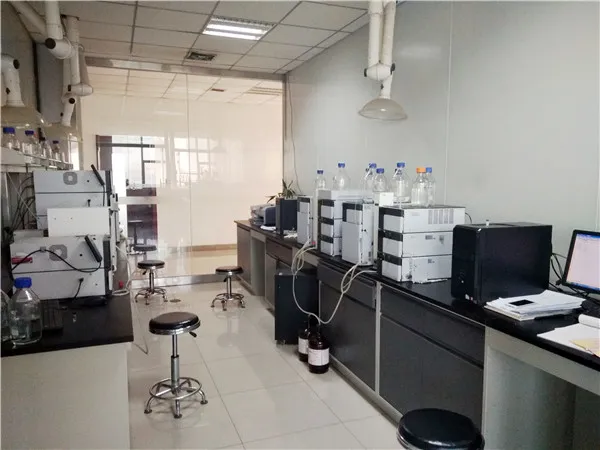Polyelectrolytes in Water Treatment A Comprehensive Overview
Polyelectrolytes have emerged as a vital component in the field of water treatment, playing a crucial role in enhancing the efficiency of various purification processes
. These macromolecules, which carry charged groups along their polymer chains, interact effectively with suspended particles, colloids, and other pollutants, thus improving the overall quality of water.One of the primary applications of polyelectrolytes in water treatment is in flocculation, a process that involves the aggregation of fine particles into larger clusters, or flocs, which can then be easily removed from water. Anionic and cationic polyelectrolytes are commonly used in this context. Cationic polyelectrolytes, for instance, possess positive charges that attract negatively charged particles, such as clay or organic matter, facilitating their coagulation. This interaction results in the formation of larger flocs that can be removed more efficiently during sedimentation or filtration.
Another significant role of polyelectrolytes in water treatment is their use in dewatering processes. In industries such as wastewater treatment and sludge handling, polyelectrolytes assist in reducing the volume of sludge generated. By promoting the aggregation of fine solids, polyelectrolytes help enhance the efficiency of solid-liquid separation processes, thereby decreasing disposal costs and environmental impact.
polyelectrolyte in water treatment

Polyelectrolytes also play a crucial role in the removal of heavy metals and other contaminants from water. Their ability to bind with various ionic species makes them effective agents for the adsorption of toxic metals like lead, cadmium, and mercury. This is particularly important in industrial effluent management, where the presence of such contaminants poses a significant risk to human health and the environment. The incorporation of polyelectrolytes into treatment systems can substantially lower heavy metal concentrations, ensuring compliance with environmental regulations.
Moreover, polyelectrolytes can be tailored to enhance their effectiveness in specific applications. By modifying their chemical structure, properties like charge density, molecular weight, and solubility can be optimized for targeted water treatment processes. This adaptability makes polyelectrolytes a valuable resource in the development of sustainable water treatment technologies.
In conclusion, polyelectrolytes are indispensable tools in modern water treatment practices. Their effectiveness in flocculation, dewatering, and the removal of contaminants underscores their importance in ensuring clean and safe water for various applications. As the demand for cleaner water continues to rise due to population growth and industrialization, the innovative use of polyelectrolytes will undoubtedly play a pivotal role in addressing the challenges of water quality management in the future.

